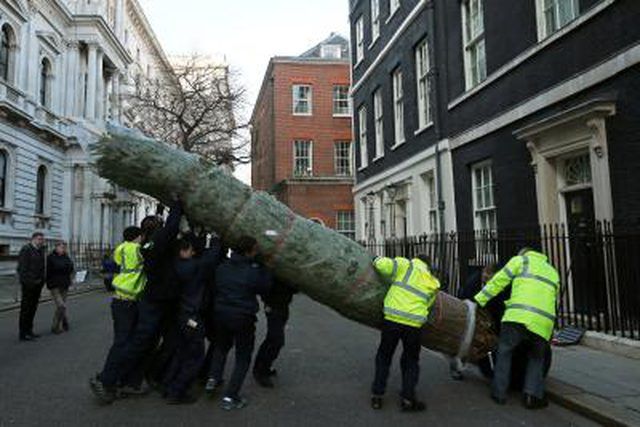Bulbs
Flower Basics
Flower Beds & Specialty Gardens
Flower Garden
Garden Furniture
Garden Gnomes
Garden Seeds
Garden Sheds
Garden Statues
Garden Tools & Supplies
Gardening Basics
Green & Organic
Groundcovers & Vines
Growing Annuals
Growing Basil
Growing Beans
Growing Berries
Growing Blueberries
Growing Cactus
Growing Corn
Growing Cotton
Growing Edibles
Growing Flowers
Growing Garlic
Growing Grapes
Growing Grass
Growing Herbs
Growing Jasmine
Growing Mint
Growing Mushrooms
Orchids
Growing Peanuts
Growing Perennials
Growing Plants
Growing Rosemary
Growing Roses
Growing Strawberries
Growing Sunflowers
Growing Thyme
Growing Tomatoes
Growing Tulips
Growing Vegetables
Herb Basics
Herb Garden
Indoor Growing
Landscaping Basics
Landscaping Patios
Landscaping Plants
Landscaping Shrubs
Landscaping Trees
Landscaping Walks & Pathways
Lawn Basics
Lawn Maintenance
Lawn Mowers
Lawn Ornaments
Lawn Planting
Lawn Tools
Outdoor Growing
Overall Landscape Planning
Pests, Weeds & Problems
Plant Basics
Rock Garden
Rose Garden
Shrubs
Soil
Specialty Gardens
Trees
Vegetable Garden
Yard Maintenance
How to Use Tree Wrap
How to Use Tree Wrap. Tree wraps are materials wrapped around a tree to prevent mechanical injury from moving, insect borers and gnawing rodents. Although trees are often wrapped to prevent sun scald and winter damage, according to Ohio State University wraps do not help the tree with these problems and can actually increase them. Wrapping a tree...

Tree wraps are materials wrapped around a tree to prevent mechanical injury from moving, insect borers and gnawing rodents. Although trees are often wrapped to prevent sun scald and winter damage, according to Ohio State University wraps do not help the tree with these problems and can actually increase them. Wrapping a tree correctly comes down to knowing the right materials and techniques to use so as to avoid injury to the tree.
Things You'll Need
Kraft paper or plastic tree wrap
Biodegradable twine
Mulch (optional)
Choose a tree wrap material that actually protects the tree instead of injuring it. Avoid black tree wraps, as they can promote sun scald, as well as burlap tree wraps if they are to be left on the tree for any length of time, as they promote decay from fungus. Instead, choose tar-impregnated kraft paper which will keep insects and rodents away. You can also use plastic tree wrap, although it is less common and most often chosen for rodent problems.
Dig out 2 inches of soil from around the base of the tree. Be careful not to hit any roots, as this could cause more damage than you are trying to prevent. Tie the wrap around the base of the tree with a biodegradable twine such as hemp or jute.
Wrap the tree, starting from where the bottom is attached and slightly overlapping with each turn until you reach the first branch. Cut the wrap at this point and tie the end to the branches with the twine. Refill the soil around the base of the tree or fill the hole with organic mulch.
Remove the wrap from the tree in a year or less. If left on longer you may girdle the tree, inhibiting it from growth. Cut the wrap off in the winter, as light levels are low and shock to the bark will be minimal.